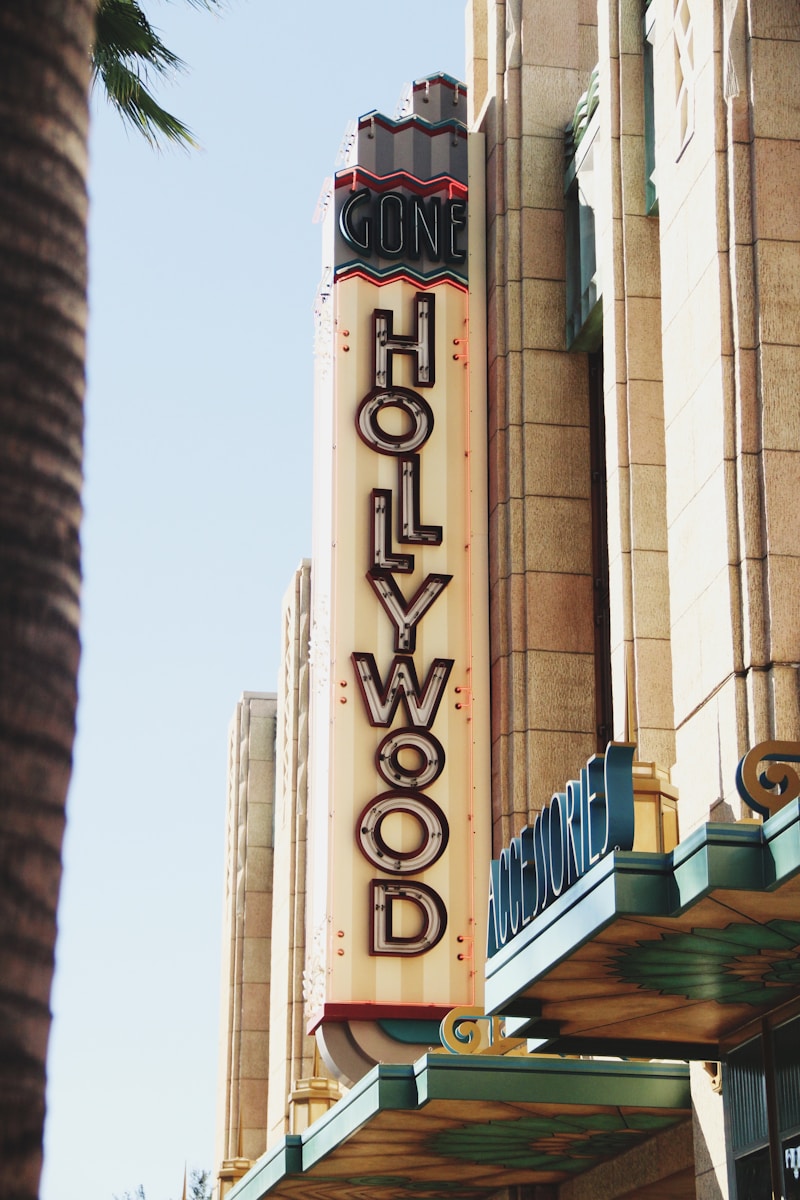There’s a certain magic that envelops the golden era of Hollywood—a time when the silver screen shimmered with more than just motion pictures. The 1930s to 1950s ushered in what we now refer to as Old Hollywood, a cinematic period not just defined by its films, but by a certain mystique, elegance, and a kind of glamour that feels almost mythical in hindsight. From the sultry gazes of Marlene Dietrich and the sculpted cheekbones of Greta Garbo to the dramatic silhouettes of gowns and the smoke-filled studios, this was an era built as much on illusion as it was on innovation. But what really made Old Hollywood so captivating—and why does it continue to enchant us nearly a century later?
Decoding the glamour of Old Hollywood means looking beyond the polished surfaces and diving into the carefully constructed image machine that turned everyday people into icons and dreams into moving pictures. It’s a story of craft, artifice, rebellion, control, and an enduring legacy of style and storytelling.
The Birth of a Dream Factory
To understand Old Hollywood, one must first understand the system that created it. The major film studios—MGM, Warner Bros., Paramount, RKO, and 20th Century Fox—operated under a tightly controlled model called the “studio system.” Actors were signed to exclusive long-term contracts, groomed for stardom, and often had their names, backstories, and even physical appearances altered for mass appeal.
A young Norma Jeane Mortenson became Marilyn Monroe. Lucille LeSueur was renamed Joan Crawford. Rock Hudson’s real name, Roy Harold Scherer Jr., was deemed unmarketable. The studios created fantasy—glossy, controlled, aspirational fantasy—through every detail: from a star’s press photos to their red-carpet appearances, even down to orchestrated relationships for publicity.
This industrialized approach to glamour may seem cynical, but it was extraordinarily effective. In a time before the chaos of social media or the accessibility of modern celebrity culture, stars appeared untouchable—flawless beings who belonged not to the mundane world, but to the glowing, curated universe of Hollywood itself.
Style as Spectacle: The Aesthetic of Glamour
The visual language of Old Hollywood was perhaps its most defining feature. Unlike today’s fashion trends that lean toward either hyper-individualism or casual realism, Old Hollywood fashion was about sculpture, mystery, and drama. Gowns were custom-designed by legendary studio costumers like Edith Head and Adrian (who famously dressed Greta Garbo and Joan Crawford), and were crafted to dazzle in black-and-white or technicolor.
Fabrics shimmered, silhouettes flowed, and details like padded shoulders, nipped-in waists, and plunging necklines were engineered to exaggerate the human form into something god-like. Even men were not exempt from this aesthetic elevation. Cary Grant, Clark Gable, and Humphrey Bogart exuded masculinity through tailored suits, crisp tuxedos, and effortless poise.
Makeup, too, was transformative. Bold red lips, perfectly arched brows, powdered skin, and the iconic cat-eye liner were more than just beauty trends—they were part of a greater visual promise: that the screen was a place where perfection existed, and everyone, for a time, could believe in it.
The Role of Cinematography and Lighting
Another less obvious element of Old Hollywood glamour was its technical mastery—specifically lighting and cinematography. Directors and cinematographers worked closely with lighting designers to highlight their stars’ best features and create an otherworldly aura.
The now-famous “butterfly lighting” (a technique placing a light directly above and in front of the face) became a signature for actresses like Marilyn Monroe. Shadows were carefully cast to slim faces and emphasize cheekbones. Vaseline on the camera lens or stockings stretched across it could soften skin texture and add a dreamy haze. Every frame was crafted like a portrait painting.
The interplay between light and shadow wasn’t just technical—it was symbolic. In noir films, femme fatales like Barbara Stanwyck or Lauren Bacall moved through shadows like mythological sirens, their presence half-hidden, half-exposed. Glamour here wasn’t just about being seen—it was about knowing when to disappear.
Performance and Persona
Old Hollywood actors understood that glamour wasn’t only about appearance—it was also about presence. The way they moved, spoke, even sat was choreographed for maximum impact. Think of Audrey Hepburn’s graceful composure, Bette Davis’s piercing eyes, or James Dean’s brooding silence. Each movement communicated elegance, tension, or mystery.
Many stars received coaching in elocution, movement, and poise. They were trained not to play themselves but to embody ideals. This dedication to a larger-than-life image was not restrictive for many—it was liberating. In a time when societal roles were tightly defined, Hollywood gave men and women permission to perform alternate versions of themselves.
And the public played along. Moviegoers didn’t want reality—they wanted to be swept into a world where love always meant roses and heartbreak came with a string section. The glamour was a shared illusion.
The Undercurrent of Control and Rebellion
However, the allure of Old Hollywood wasn’t without its darkness. Behind the shine was a system that exerted immense control over its stars. Personal relationships were micromanaged, scandals were covered up, and in some cases, actors were prescribed dangerous medications to maintain weight or energy levels. The freedom seen on screen often contrasted sharply with the reality behind it.
But even within that rigid system, rebellion simmered. Katharine Hepburn wore trousers long before it was acceptable for women. Marlon Brando, with his raw emotion and disheveled masculinity, broke the mold of the stoic leading man. Dorothy Dandridge and Lena Horne challenged racial boundaries in an industry slow to offer diverse representation.
These moments of tension gave depth to the glamour. It wasn’t just glossy—it was layered, with stakes and resistance and individuality peeking through the cracks.
Enduring Legacy in Modern Culture
So why does Old Hollywood glamour still captivate us today? Why do contemporary stars—from Zendaya to Timothée Chalamet—draw on its visual cues? Why do modern fashion houses like Dior and Versace constantly reference it in their collections?
Part of it is nostalgia. In a fast-paced, hyper-connected world, Old Hollywood represents a slower, more deliberate kind of fame. It speaks to a time when mystery mattered, when a look could tell a story, and when beauty was curated with the precision of an artist.
But more importantly, the glamour of that era continues to inspire because it was built on timeless values: elegance, poise, transformation, and the artistry of illusion. We may no longer need the same constructs, but the desire to embody something a little grander than life remains deeply human.


